Roselle, Florida cranberry or Indian sorrel (English), 洛神花 (luò shén huā, Mandarin), રોઝેલ(Rōjhēla, Gujarati), هيدكرك (karkadeh, Arabic), ìsápá (Yoruba), yakuwa (Hausa)
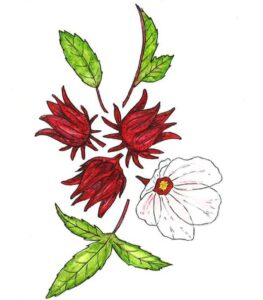
Roselle is an edible hibiscus plant that is native to Africa and spread to the Americas in the 16th and 17th centuries through European colonialism. It is used in beverages throughout the Caribbean and Florida, and is referred to as the “Cranberry of the South.” The drought-resistant plant grows well in poor soil and tropical and subtropical climates. The bright red flowers are not only a beautiful addition to the Florida garden, but they are also nutritious and delicious.
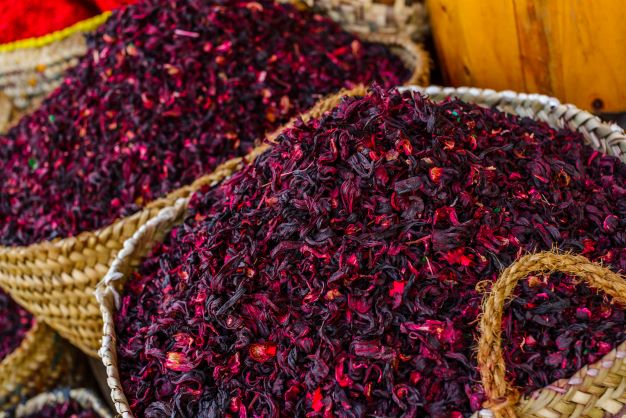
The earliest evidence of roselle in Africa dates back at least 6000 years. It is most prevalent in North and West Africa, and Sudan remains one of the top producers in the world today. The plant spread to Asia, particularly India, where the woody fibrous stems are still used to make cordage. Europeans brought roselle to the Caribbean, which flourished as a food source. Roselle likely made its way to Florida from Jamaica in the late 1800s.
Roselle has a wide variety of multicultural uses. In West Africa, the calyx is brewed to make a sweet, spiced drink, and the tangy leaves are used in soups. In East Africa, the calyxes are cooked with peanuts. Throughout the Caribbean, especially in Jamaica, the calyx is used to make a popular beverage called sorrel and is also used as an aqua fresca beverage flavoring in Mexico. In Florida, Marjorie Kinnan Rawlings’ 1942 recipe book, Cross Creek Cookery, includes “Roselle Jelly,” and roselle is the main ingredient in the popular ‘Red Zinger Tea’ popularized by the tea company Celestial Teas. Flowers and leaves are also gaining popularity in designer salads in restaurants and cafes throughout Florida today.
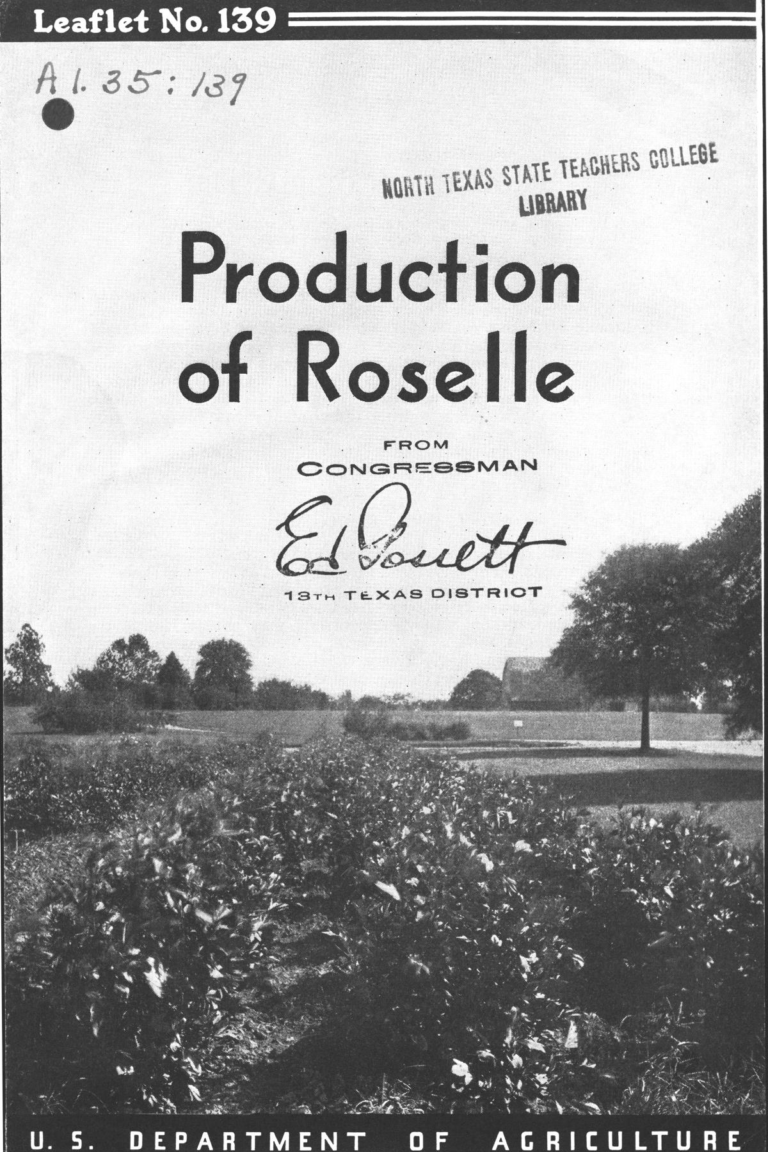
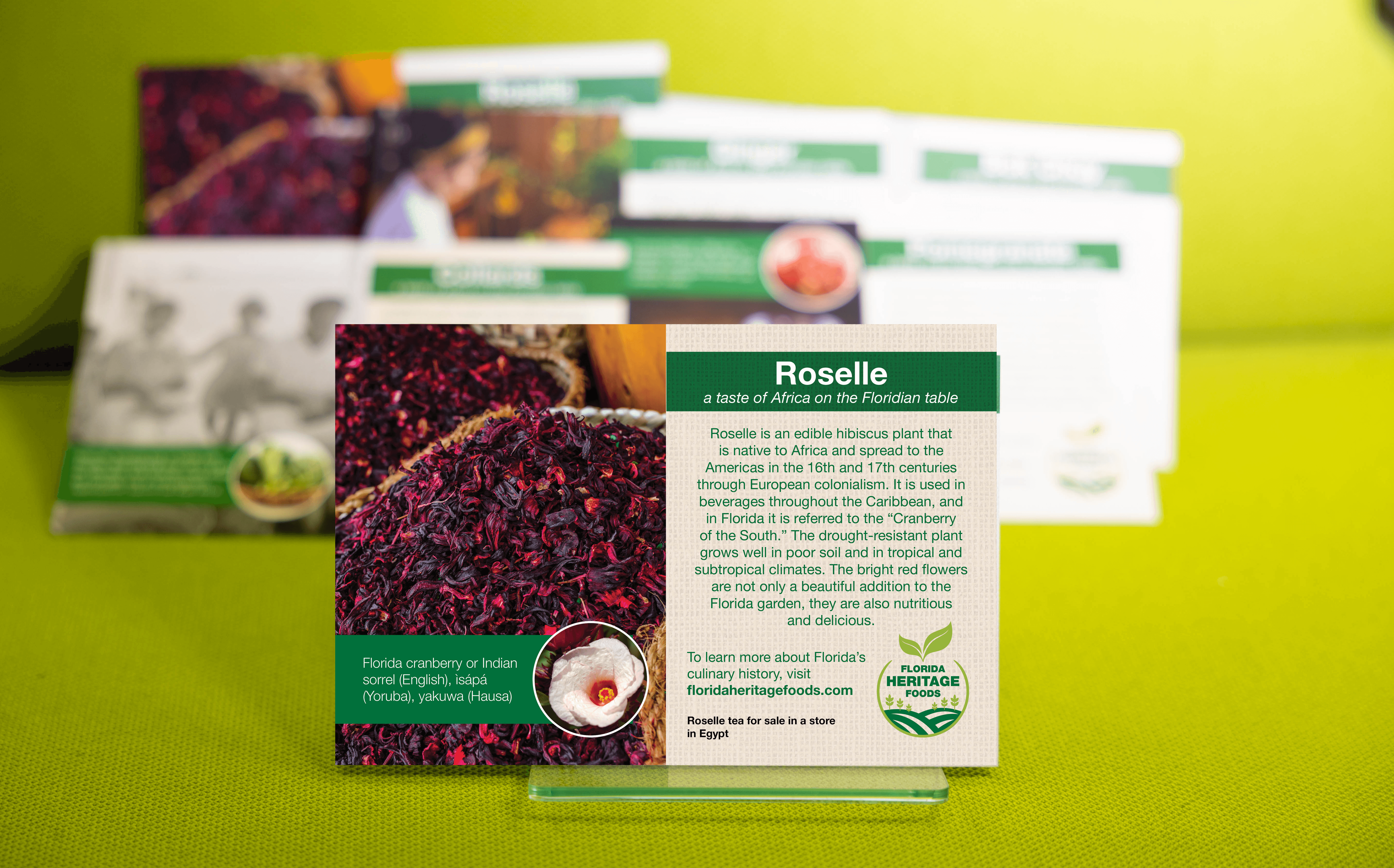
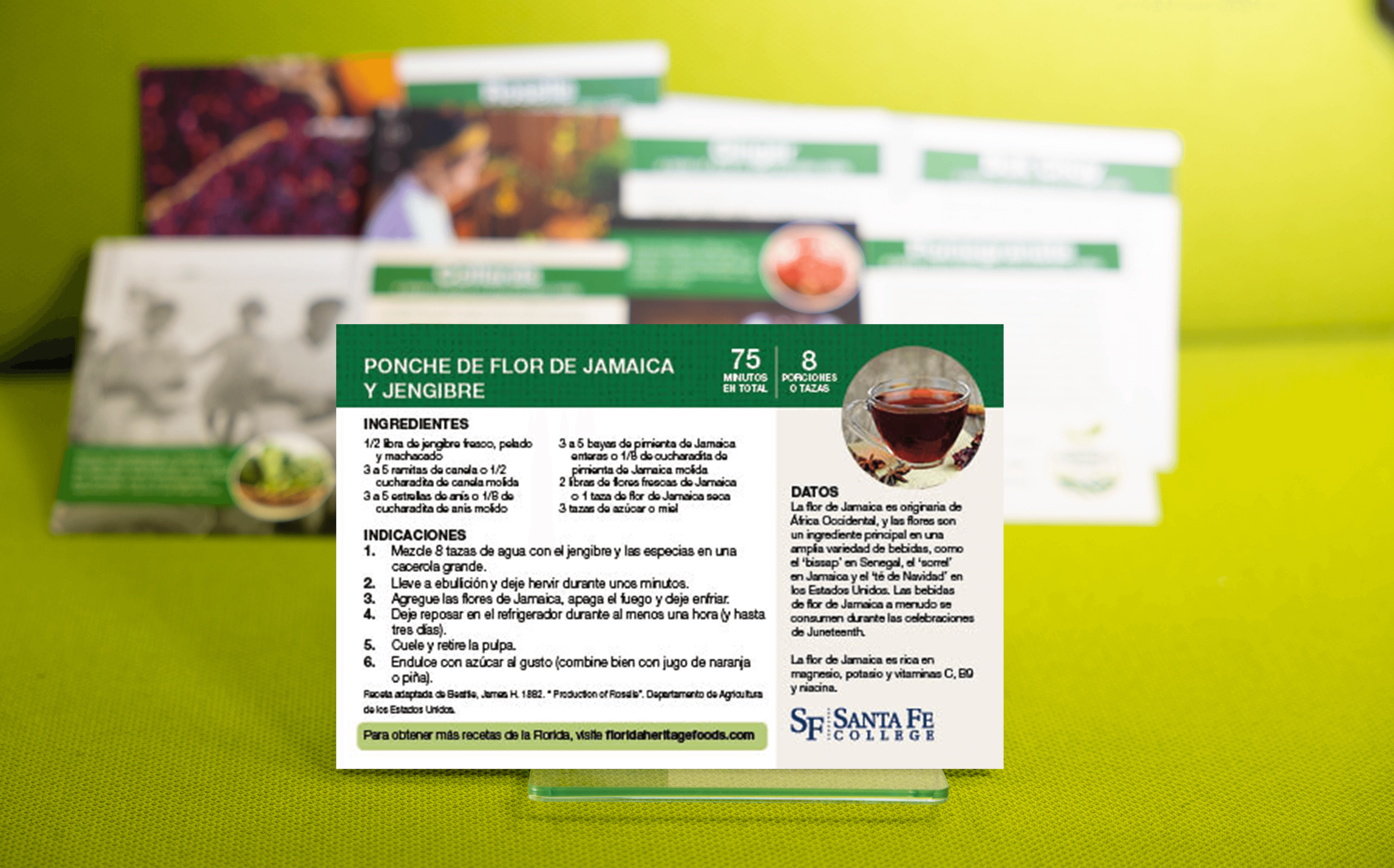
Roselle can be started indoors in January and planted in rows via transplants or direct seeding in April when the danger of frost has passed. Roselle does best in fertile sandy soils but does not require fertilizer. Harvesting can occur from August through November and possibly longer. The fleshy red calyx can be dried and stored in jars. Leaves can be harvested as needed. Seed pods will open when dry and provide a bounty of seeds for replanting the following season. To plan a heritage garden, download the ‘Planning a Florida Heritage Garden (PDF).’
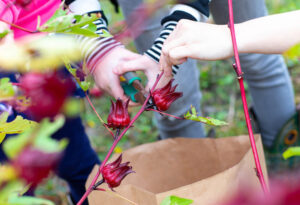
Santa Fe College Partnered with Multiple Organizations in a Collaborative Effort to Bring Awareness of the Heritage Plants In Florida.
BY CULTURAL HISTORY
BY GROWING SEASON
DROUGHT TOLERANT PLANTS
Commitment to Equal Access and Equal Opportunity
Santa Fe College is committed to an environment that embraces diversity, respects the rights of all individuals, is open and accessible, and is free of harassment and discrimination. For more information, visit sfcollege.edu/eaeo or contact equity.officer@sfcollege.edu.
SACSCOC Accreditation Statement
Santa Fe College is accredited by the Southern Association of Colleges and Schools Commission on Colleges (SACSCOC). For more information, visit sfcollege.edu/sacscoc.
